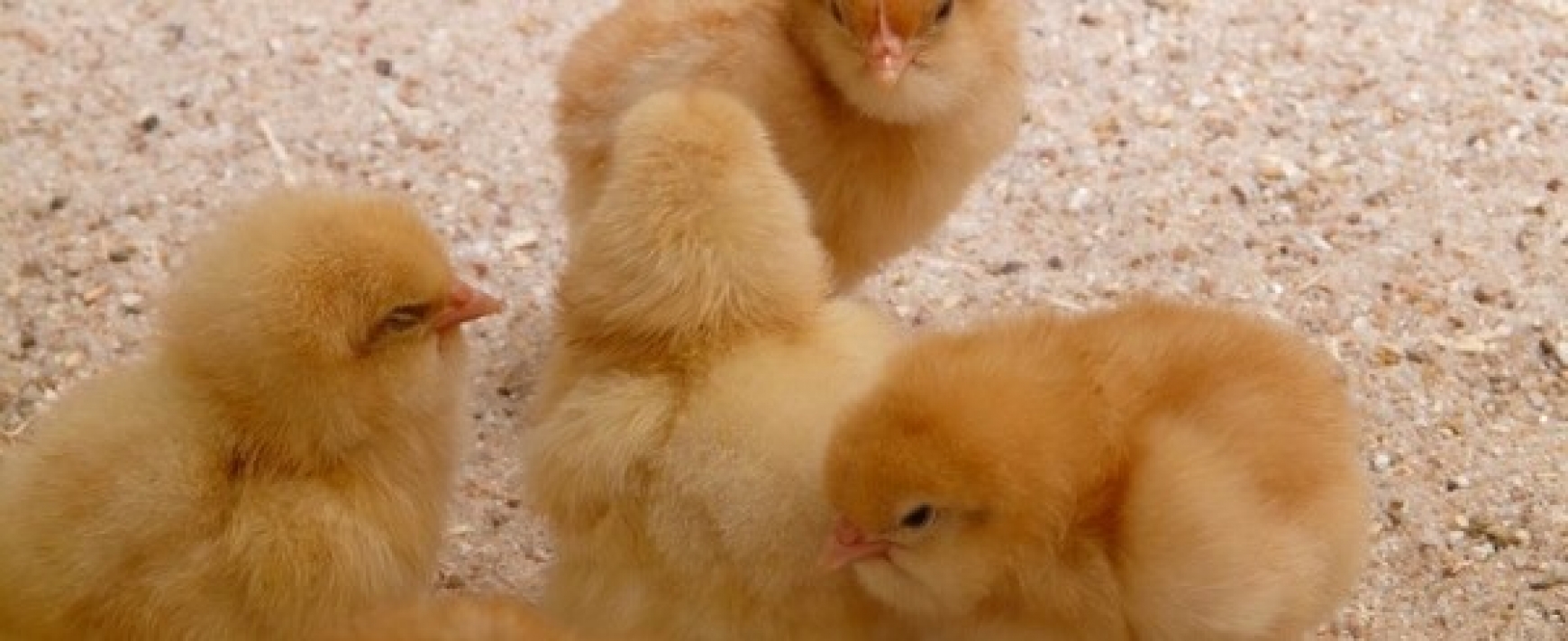One of the best ways of keeping control of energy costs is to reduce the amount that is used. We have seen many poultry producers take advantage of renewable energy systems in the last few years, but keeping an eye on energy efficiency is still important.
One principle to bear in mind is that very often, good energy efficiency and good practice go hand in hand to improve bird and building performance.
Energy efficiency improvements are often very site-specific and a function of building age, installed equipment, type of control and the growers’ operation and maintenance regimes. However, there are some general rules/areas that can be followed to ensure good energy efficiency:
- Insulation. The more insulation the better, specifically the insulation surrounding the building fabric and any pipework transmitting hot or cold water. Old and wet insulation is ineffective and standards of insulation thickness and modern products will deliver good cost savings
- Air leakage and ventilation. While all poultry buildings require ventilation to keep a good environment, this ventilation should be controlled. Incidental air leakage through poorly fitting doors and windows or gaps in walls will increase energy consumption. While we are talking about ventilation – pay attention to fans which often have long run times and use large quantities of power. Fans should be fitted with high-efficiency motors, whilst blades and apertures should be kept clean and clear from obstructions.
- Lighting. LED lights are rapidly becoming the industry standard. At the very least, compact fluorescent lamps or discharge lamps such as high-pressure sodium or metal halide fittings should be used. Lights should be controlled to the requirement, the use of time-switches or dawn to dusk controls, that ensure lights are switched off when not needed, is essential.
- Good building control and measurement. Today’s building control systems are more sophisticated and more available to the farmer/grower than ever before. They can provide levels of detail and historic data that can give an intimate view of the conditions inside buildings. Using this information to tune set points on heating and ventilation systems are what make the savings. Monitoring and benchmarking between buildings and sites can quickly highlight which are underperforming as a starting point for alterations.
- Heat recovery units. These have fallen out of popularity with the advent of biomass boilers and heat pumps. These systems work by pre-warming incoming air with outgoing warm moist air to both reduce energy consumption and to improve litter and internal conditions. Heat recovery units can be used to reduce the energy consumption of any building regardless of heating system and can often be fitted with system heating coils to deliver heat as well.
Funding is available through this website and if you would like more information.
Join us today at the British Pig and Poultry Fair, Stoneleigh Park (16 May) to find out more. The team will be on the NFU Stand, which is stand number two in Hall One.
If you are unable to make it to the event please give our team a call on 024 7669 6512. We can help any business, not just poultry!
Part three in our blog series “Tips to minimise your energy bills in poultry housing”.
Read part one: Buying energy for poultry housing and part two: Benefit from renewable energy.


